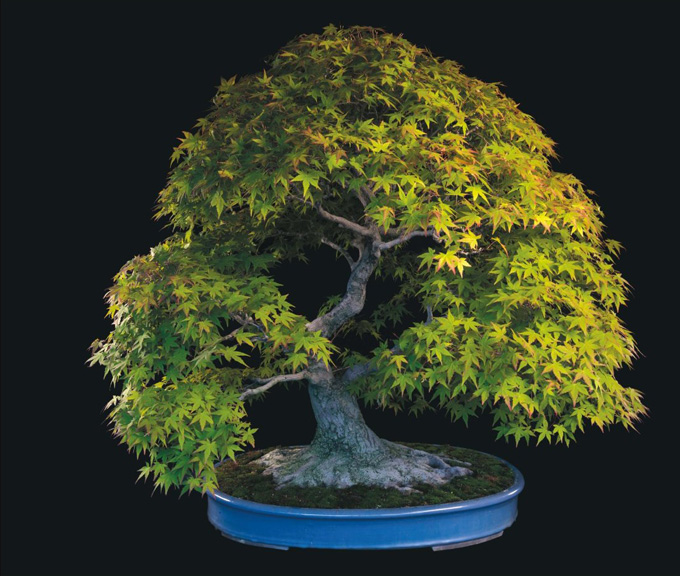 Japanese maple from Seiko-en Bonsai Garden in Omiya Village, Japan. From Fine Bonsai. Art and Nature.
Japanese maple from Seiko-en Bonsai Garden in Omiya Village, Japan. From Fine Bonsai. Art and Nature.
Value added
It’s time to resurrect another favorite from our illustrious past. This time with some value added in the form of a few new words and three new photos (including the one above).
First the new words: Fine Bonsai is a tad controversial. Some people give it a big shrug (or worse), while some others (like me) are very enthusiastic. I think the shrugs may miss the point. This is not a tradition bonsai art book. Rather, it’s a photographic art book, with bonsai as the subject. The result is bonsai shot in ways you don’t normally see. Shots that play with light and darkness in ways that highlights features like color, texture and contrast. Not that other quality shots of bonsai don’t do this, just that these features are heightened in Fine Bonsai’s photos in ways that are largely unique. And often strikingly beautiful. If you don’t believe me, check it out and see what your own eyes tell you.
The rest of the text (below the next photo) is from August, 2012.
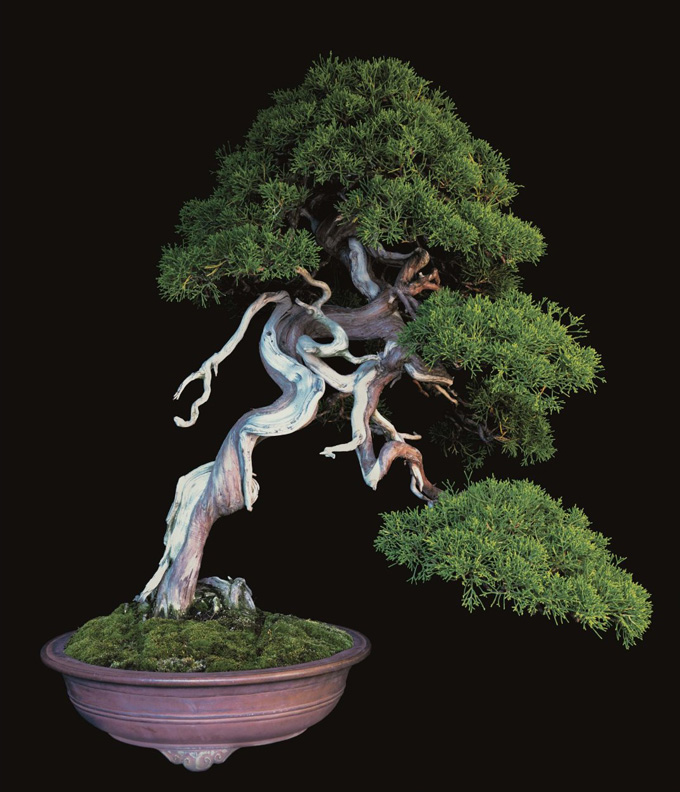 Shimpaku juniper (aka Sargent juniper) from Shunka-en Bonsai Museum, Tokyo Japan.
Shimpaku juniper (aka Sargent juniper) from Shunka-en Bonsai Museum, Tokyo Japan.
One of the most astounding books…
This morning Andy Rutledge sent me his well considered and well written review of one of the most astounding books I’ve ever seen. So rather than subjecting you to my same old prose once again, let’s try a fresh voice for a change (note, you can see Andy’s entire review on his Bonsai Journal … you might also enjoy visiting a more multifaceted Andy here).
Andy Rutledge’s review
When my copy of Fine Bonsai arrived I almost dropped it as the delivery man handed it to me. Though large, I didn’t expect the package to be so heavy. At 12″ x 15″ x 1.75″ and almost 10 pounds, this is a large and weighty book. The beautiful slipcase adds even more dimension and almost another pound of weight. When I finally unboxed and perused the book I was delighted to discover that the content, too, was weightier than expected.
Fine Bonsai – Art & Nature is primarily a photo-artistic study of bonsai from public and private collections in North America and Japan, with photos by renowned photographer Jonathan M. Singer and text by the respected American artist, teacher, and publisher William N. Valavanis.
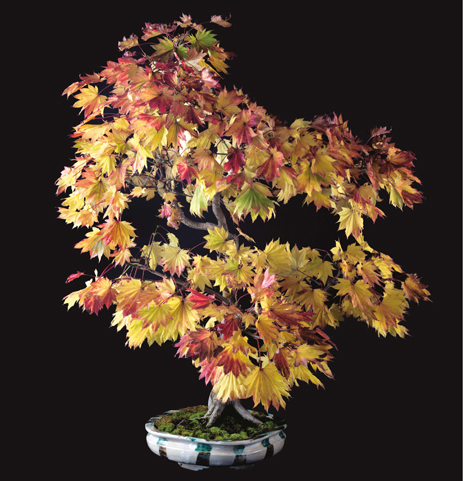 Golden Full Moon maple. This one belongs to Bill Valavanis, Rochester, NY.
Golden Full Moon maple. This one belongs to Bill Valavanis, Rochester, NY.
In addition to the bonsai sections which comprise most of the book, beautiful and important bonsai containers and suiseki are featured in discrete chapters. Each is filled with practical and historical information on the depicted works. There’s also an informative section on the various arboretums and nurseries whose trees are featured in this book.
The Good
The photography is stunning. Each of the 281 full-page photos allows the subject its individual due and dignity. The rich, dark background surrounding the bonsai in these photos, combined with elegant and creative lighting, presents each subject in a way that is at once serene and emphatic. Though the dark environment for the photos creates perhaps an uncommon or unfamiliar context for bonsai, the trees seem most comfortable there. They shine like stars on a stage…
For the rest of Andy’s review visit The Bonsai Journal.
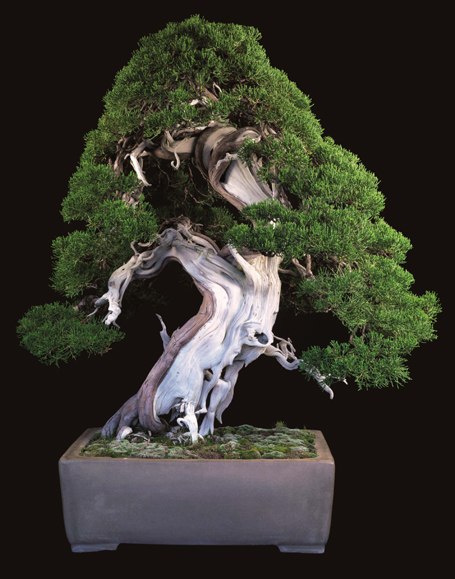 Shimpaku juniper (aka Sargent juniper) from Shunka-en Bonsai Museum, Tokyo Japan.
Shimpaku juniper (aka Sargent juniper) from Shunka-en Bonsai Museum, Tokyo Japan.
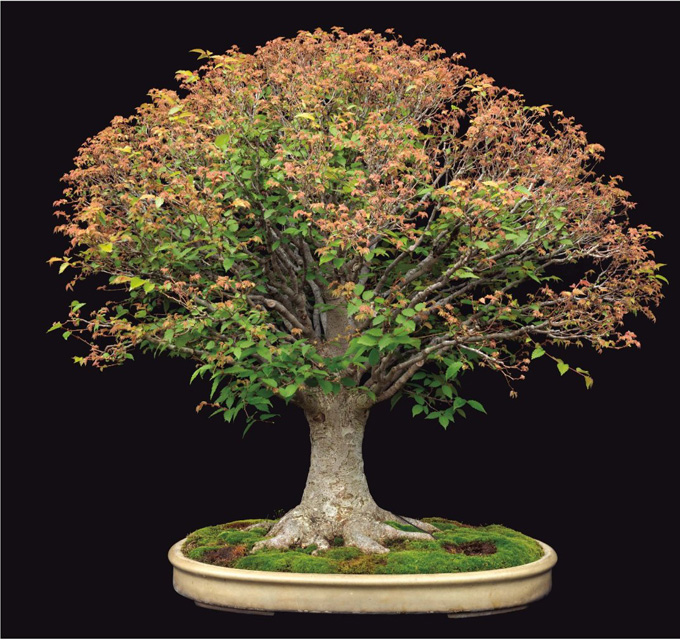 Broom style Japanese Zelkova. Fuyo-en Bonsai Garden, Omiya Village, Japan.
Broom style Japanese Zelkova. Fuyo-en Bonsai Garden, Omiya Village, Japan.
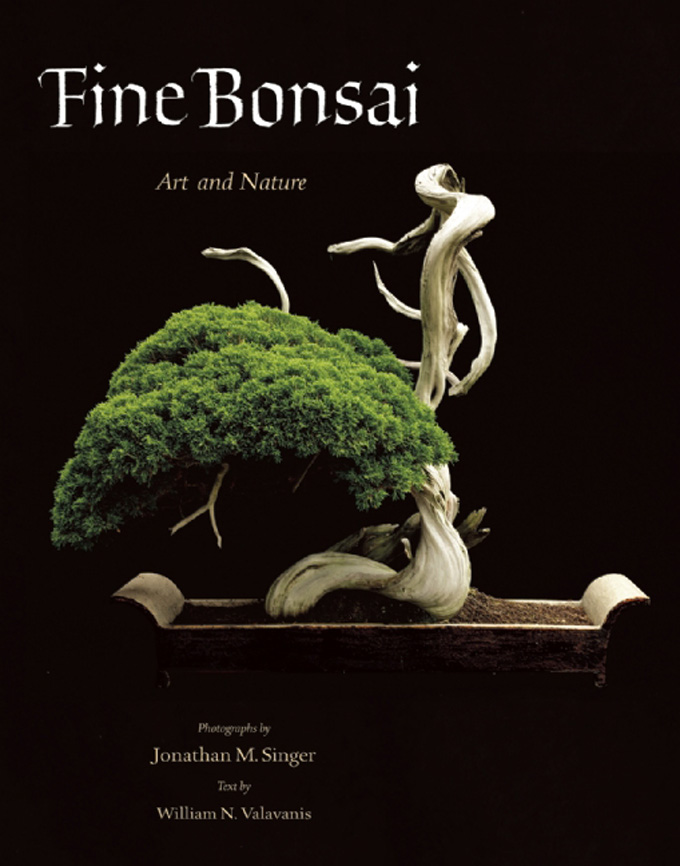 Fine Bonsai, Art and Nature. Photos by Jonathan M. Singer. Text by Bill Valavanis. List price 150.00. On special at Stone Lantern for 95.00.
Fine Bonsai, Art and Nature. Photos by Jonathan M. Singer. Text by Bill Valavanis. List price 150.00. On special at Stone Lantern for 95.00.
Fine Bonsai, Art and Nature is a superb work of art. There are many bonsai books that have been published and some are better than others…a few are much better. But this one stands apart as genuinely superior. It is not a ‘how to’ book by any means and instead is simply beautiful and interesting to study. Fine Bonsai makes you want to grow better trees.
Bill Valavanis also provides interesting facts about the individual trees photographed that make the book even more valuable.
Although it is a cliche statement, this book would is worth twice its price.
I like this book, but it has a lot of problems. Because it is so big
and heavy, it is actually hard to look at. You need to put it on a
table of just the right height, and then lean over to see the pictures.
All the pictures show the bonsai with black backgrounds. I would
like to see the same trees shot with more and better lighting, like
actual daylight on a cloudy day. All the information on each tree
is in a separate section in the back of the book. So if you want to
learn about the trees, you have to constantly flip back and forth
between the front and back of the book. And that is not easy when
the book weighs 50 lb.!!
Hi Bob,
Thanks for your observation.
My view is a little different. I don’t mind the weight, but I have mine in my office on a stand that’s just the right height for viewing standing up. Turns out, standing some in the office is healthy anyway, so it works for me. Having all the info condensed in the back with a small picture of each tree actually makes it easier to find a particular tree.
I think the black background and type lighting used have a lot to do with what makes the book unique. And exquisite.
Thanks Carl,
Agreed, though it would be a hard sell at 300 retail.